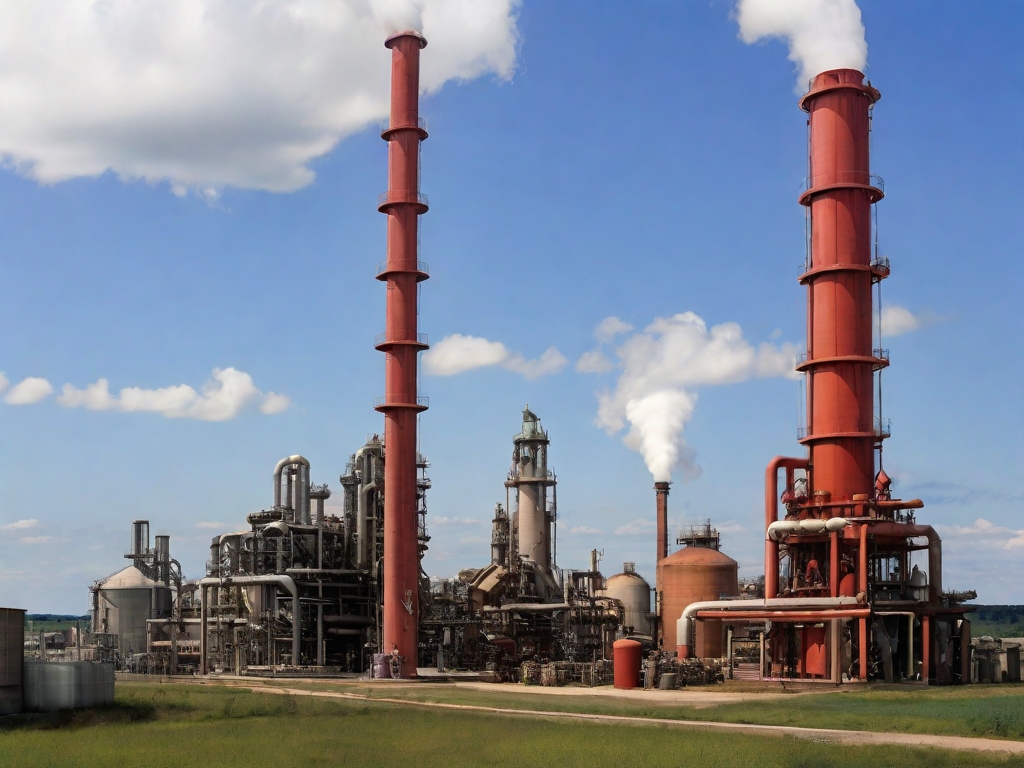As a leading provider of intrinsically safe products, Intrinsically Safe Store understands the unique challenges that industries face when dealing with dust and particulate management in Class 1 Divisions. We invite you to explore our website and discover how our solutions can help you overcome these challenges.
Understanding Class 1 Divisions
Class 1 Divisions are areas where flammable gases, vapors, or liquids are present under normal operating conditions (Division 1) or where such substances may exist due to an accident or unusual operating condition (Division 2). In these environments, managing dust and particulates is crucial to prevent explosions and ensure worker safety.
The Challenge of Dust and Particulate Management
Dust and particulates pose a significant risk in Class 1 Divisions. They can ignite and cause explosions if not properly managed. The challenge lies in controlling these substances while maintaining operational efficiency.
- Dust Accumulation: Dust can accumulate on equipment, leading to overheating and potential ignition.
- Particulate Suspension: Particulates can become suspended in the air, creating a combustible atmosphere.
- Equipment Maintenance: Regular cleaning and maintenance are required to prevent dust accumulation, which can disrupt operations.

Case Study: Grain Elevator Explosion
A prime example of the dangers of dust and particulate management is the 1998 grain elevator explosion in Kansas. A spark that ignited grain dust suspended in the air caused the explosion, which killed seven people and injured ten. This incident underscores the importance of effective dust and particulate management in Class 1 Divisions.
Strategies for Effective Dust and Particulate Management
Effective dust and particulate management involves a combination of preventive measures and safety equipment. These include:
- Regular Cleaning: Regular cleaning of equipment and workspaces can prevent dust accumulation.
- Air Quality Monitoring: Monitoring air quality can detect high levels of suspended particulates, allowing for timely intervention.
- Intrinsically Safe Equipment: Equipment designed for use in Class 1 Divisions, such as those offered by Intrinsically Safe Store, can prevent sparks and overheating that can ignite dust and particulates.
Safety in Class 1 Divisions: Dust Management Solutions
Managing dust and particulates in Class 1 Divisions is a complex but essential task. It requires a comprehensive approach that combines regular cleaning, air quality monitoring, and the use of intrinsically safe equipment. By understanding the challenges and implementing effective strategies, industries can ensure safety and prevent costly and deadly accidents.
At Intrinsically Safe Store, we are committed to providing solutions that help industries overcome these challenges. We invite you to explore our range of intrinsically safe products and contact us for more information on how we can assist you in your dust and particulate management efforts.


























